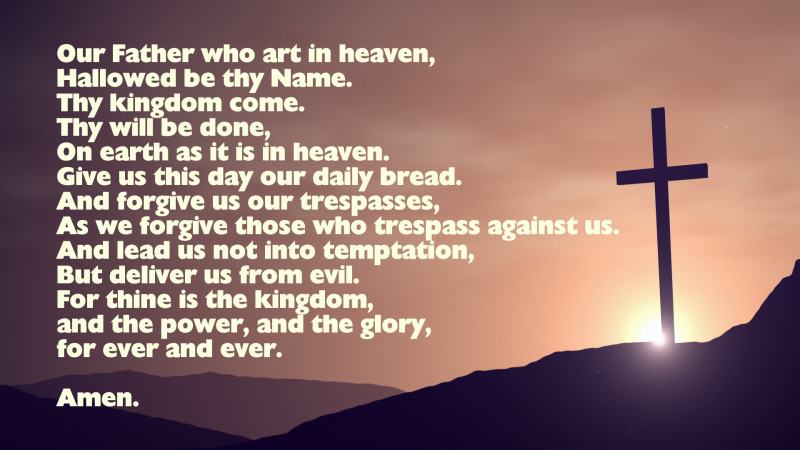The Lord's Prayer
in Middle English
The Lourdes Preyere
Oure fadir that art in heuenes,
halewid be thi name;
thi kyngdoom come to;
be thi wille don, in erthe as in heuene.
Yyue to vs this dai oure breed ouer othir substaunce,
and foryyue to vs oure dettis, as we foryyuen to oure dettouris;
and lede vs not in to temptacioun, but delyuere vs fro yuel. Amen.
Line-by-line commentary
Explore the Lord's Prayer through the writings of three famous biblical theologians (Matthew Henry, Adam Clarke and Albert Barnes).
The Lord's prayer opens with addressing God as "Father who art in Heaven". There are then seven petitions. The first requests are contected with the worship of God ("Hallowed be thy name") and His ways. The next four concern the needs of man - his physical ("Give us today our daily bread"), mental (with temptation) spiritual (against evil) and relational needs (forgiveness). The prayer then concludes with a doxology.
Go to line-by-line commentary
Prayer is a force as real as terrestrial gravity. As a physician, I have seen men lifted out of sickness by the power of prayer. It is the only power in the world that overcomes the laws of nature.
Alexis Carrel (1873-1944) French surgeon and biologist

